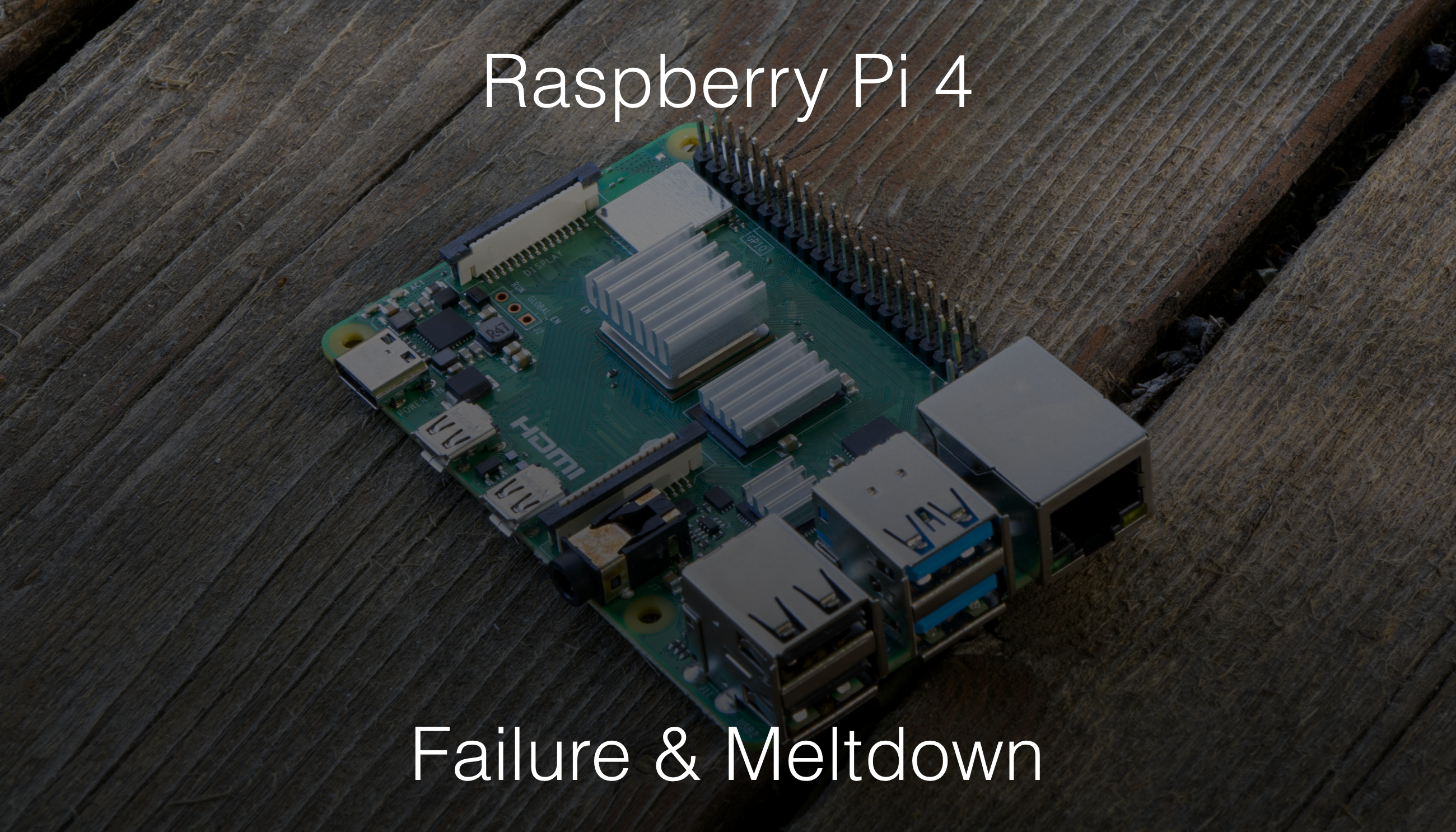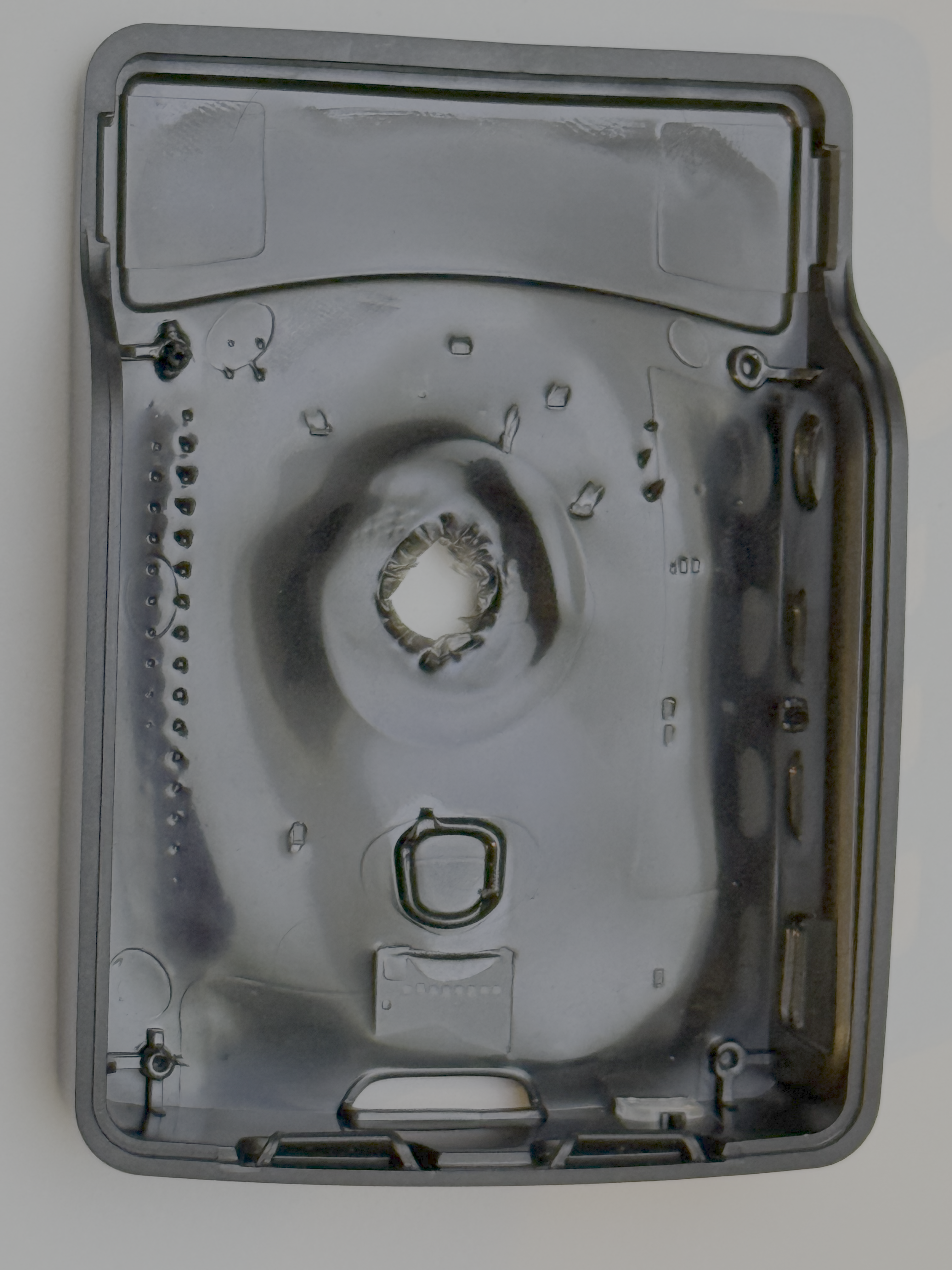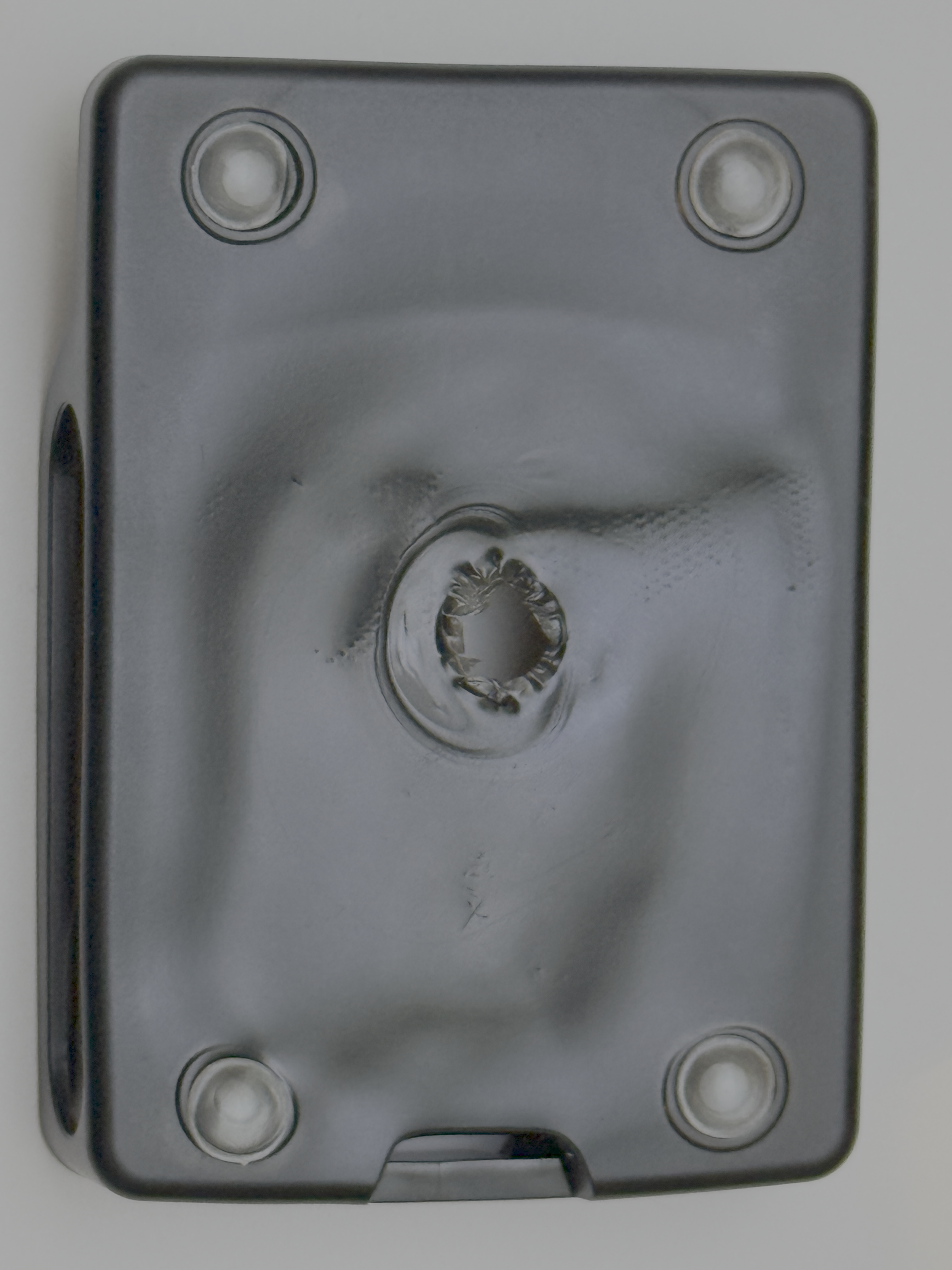2 minutes
Raspberry Pi 4 Meltdown

After years of running Raspberry Pi’s, both at home and at work, I have finally experienced a fault with one of my Pi’s. I recently wrote about using Raspberry Pi’s as DNS Servers for my homelab, and I had been running these happily for a few months, that was until a power cut.
This wasn’t a grid power cut, but us turning the power off and back on to the house. When we turned the power back on, I noticed some issues with internet connectivity, everything was struggling and going really slow. First port of call was our ISP provided router, one reboot later and nothing had changed. After a bit of investigation I found that DNS wasn’t working (It’s always DNS isn’t it?).
I ran upstairs to check on them and found that one of the Pi’s was extremely hot to the touch and had melted through it’s official Black/Grey case. I unplugged the Pi’s and disabled the custom DNS servers on my devices and internet was back, obviously just without the homelab records.
I let the Pi cool down before looking into the failure further.


After looking over the Pi, I found the chip nearest the USB C Power port had a strange bump. Looking on the still working board, this chip is the Dialog DA9090. After some searching, it seems this is a Power Management IC for the Pi, replacing the older MxL7704. It also seems that this chip is known to go bad within the community. Powering the Pi on, it was clear that the chip was faulty as it instantly became extremely hot.

I reached out to the Raspberry Pi Foundation to see if they had any information on the issue. They confirmed that the DA9090 may have a fault that was caused by over voltage, and recommended that I use the official Power Supply.
It seems that the power supply I was using is fine, it’s a UGREEN 65W USB C Power Supply, coupled with Amazon Basics USB C cables as the Pi doesn’t support USB C PD.
Ultimately I’m not 100% sure what caused the issue, but the DNS project is dead. I’m not going to replace the Pi’s for now, instead I’m going to deploy a few VM’s on my server to create a Kubernetes Cluster. Once I’ve got everything working again, I may look at moving the DNS and ‘Core’ services to a Pi cluster.